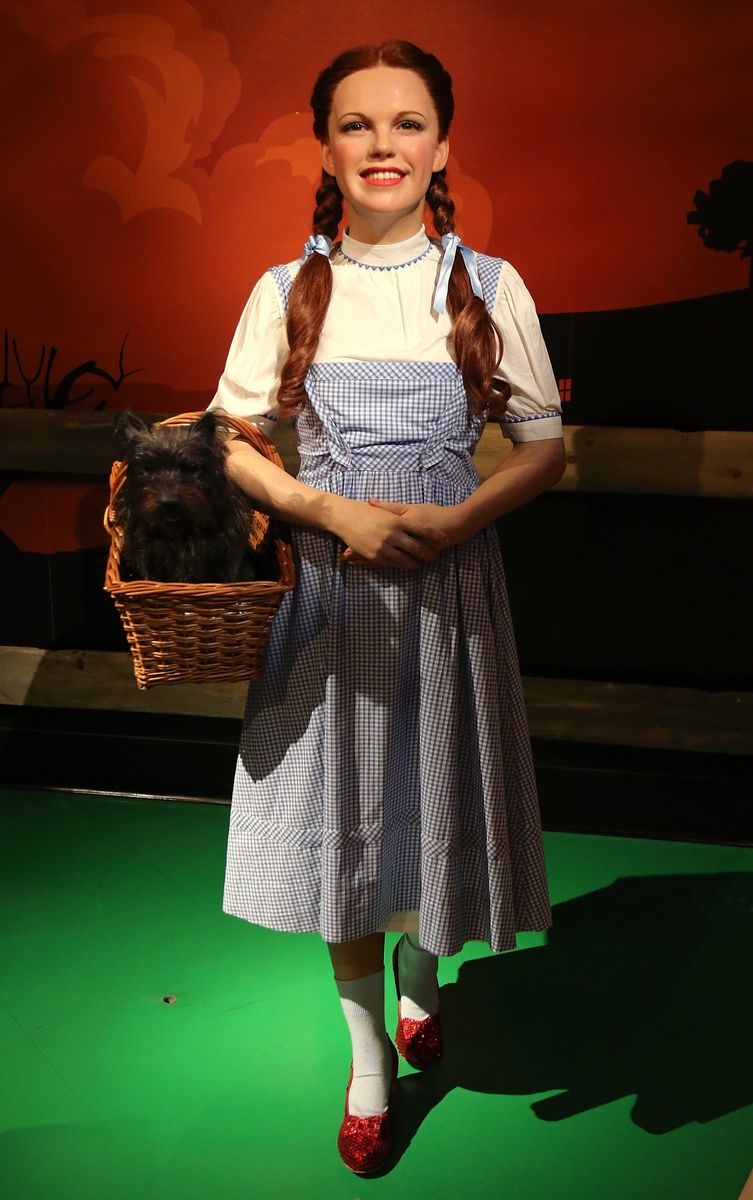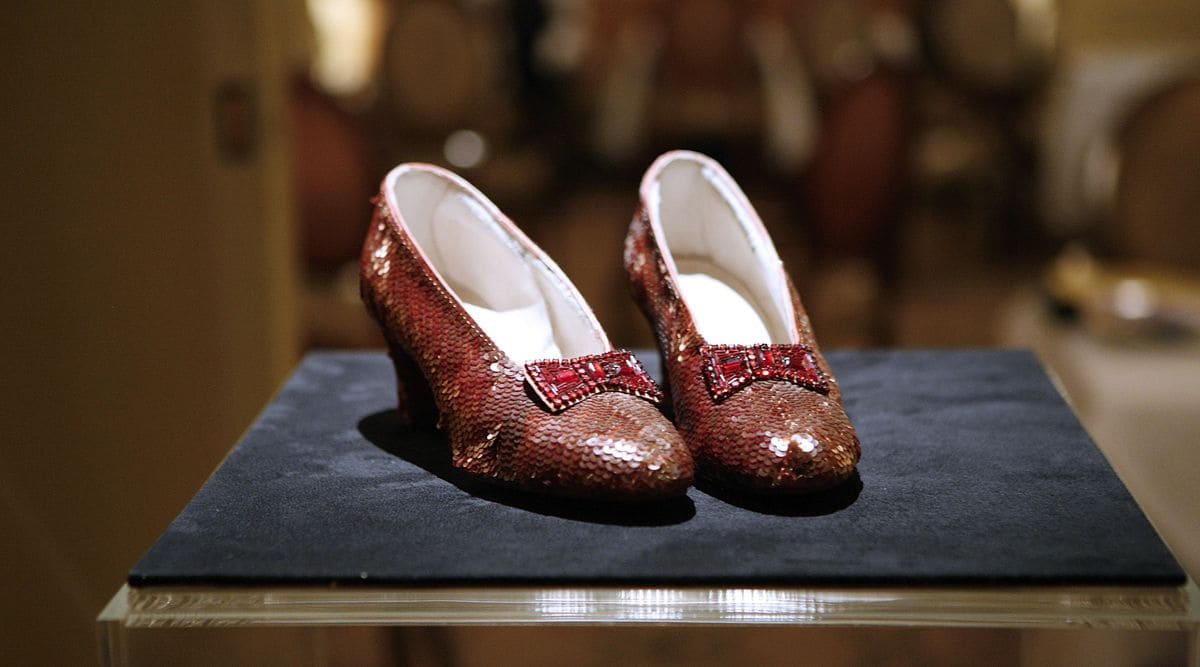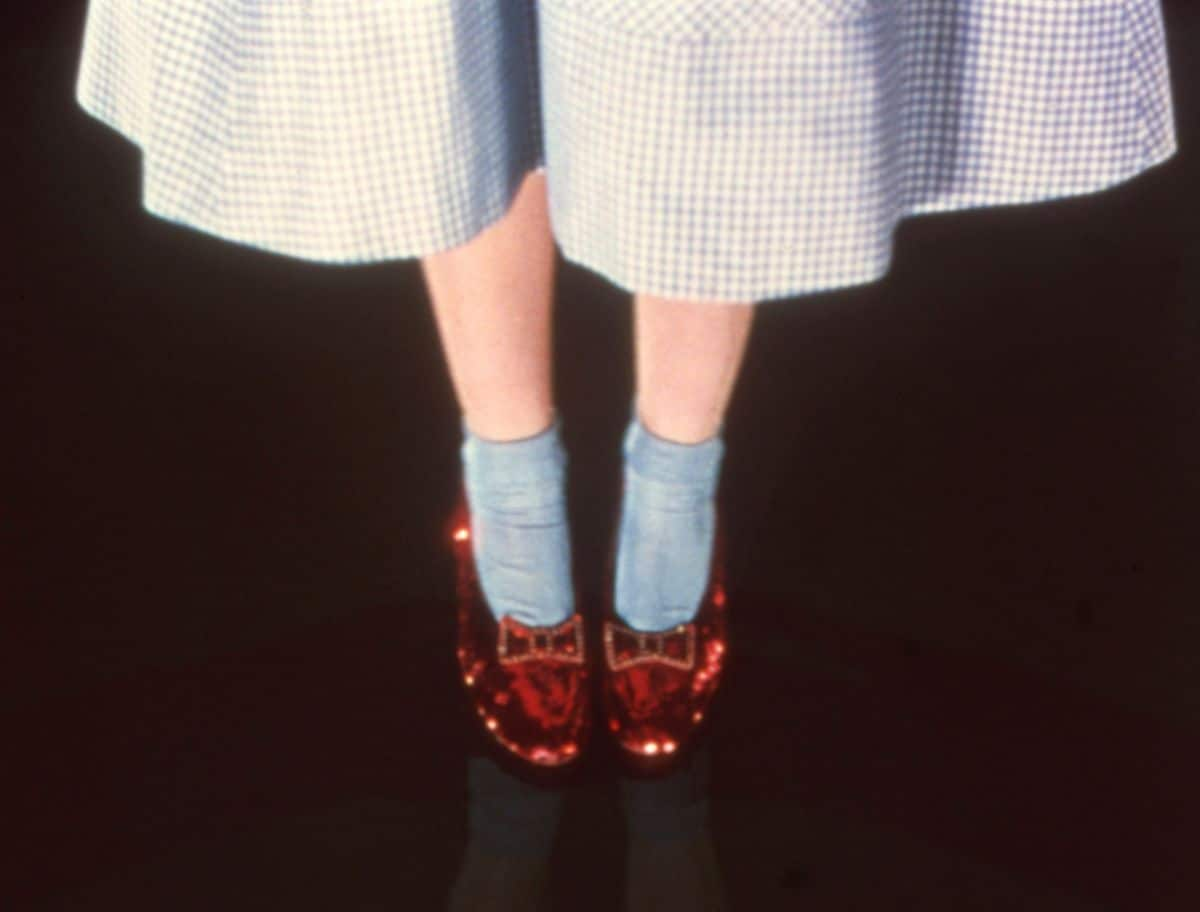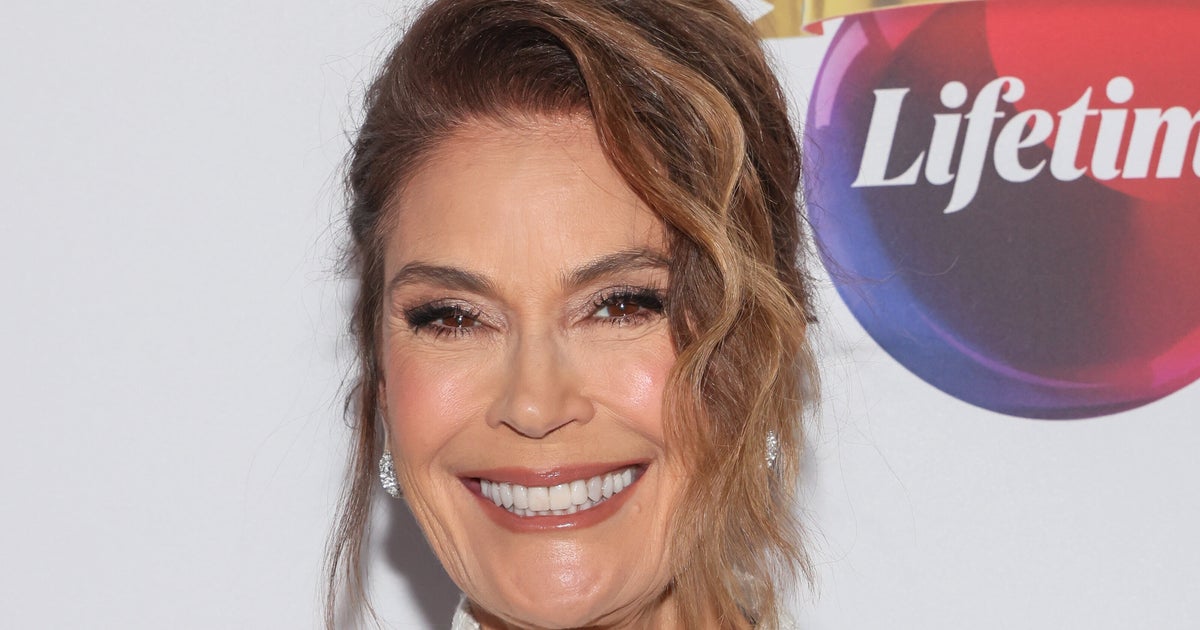The ruby slippers Judy Garland wore in the 1939 classic "The Wizard of Oz" have become nearly as iconic as the film itself. But in the upcoming film adaptation of the Broadway hit "Wicked," sharp-eyed fans noticed a shift: Nessarose's magical shoes are silver instead of ruby red. While this might seem like a divergence, it's actually a faithful nod to the source material—L. Frank Baum's 1900 novel, "The Wonderful Wizard of Oz".
 © David Livingston
© David Livingston
The Original Silver Slippers
In Baum's book, the magical footwear is not ruby but silver. This detail was altered in the 1939 film to leverage the new Technicolor technology, with bright ruby slippers creating a striking contrast against the golden hues of the Yellow Brick Road. As the Smithsonian Museum explains in its exhibit of a pair of ruby slippers, this creative change was a purely aesthetic choice to maximize the visual impact on screen.
Paul Tazewell, costume designer for "Wicked," explained the decision to return to silver in an interview with People: "In the book, they were these odd little silver boots." This creative choice not only honors Baum's vision but also aligns with the 1995 Gregory Maguire novel "Wicked: The Life and Times of the Wicked Witch of the West," where the shoes are described as iridescent and enchanted to aid Nessarose in walking. In the film adaptation, Marissa Bode's Nessarose wears silver heels adorned with swirls and sparkles, offering a fresh take while paying homage to both Baum and Maguire.
 © John Lamparski
© John Lamparski
Symbolism in Silver
The silver slippers in Baum's original story carried their cultural weight. Some literary scholars have suggested that the silver shoes, combined with the Yellow Brick Road, were a commentary on the gold and silver monetary debate of the late 19th century—a layer of symbolism lost when the slippers turned ruby red for the film. While "Wicked" doesn't delve into these economic metaphors, its return to silver reinforces its connection to Baum's text.
Additionally, the choice of silver parallels other iconic footwear in fairytales. As Tazewell noted, "There's the idea of Cinderella and the glass slipper, and then it's like how we make shoes a myth and how we've indulged them into our fantasy fairytale storytelling."
Creative Constraints and Artistic Freedom
The decision to use silver slippers wasn't just a creative choice—copyright considerations also influenced it. "The Wizard of Oz" (1939) remains under copyright, including its iconic ruby slippers and the distinctive spiral shape of the Yellow Brick Road. Director Jon M. Chu confirmed in an interview with Variety that the "Wicked" team had to navigate these legal boundaries carefully.
 © Screen Archives
© Screen Archives
"We had boundaries of what we could reference or not," Chu explained. "We never use the ruby slippers. Nessa has on crystal slippers as in the Frank L. Baum book, Gregory Maguire book, and the show."
The production also had to alter the Yellow Brick Road. "We couldn't do the spiral. We had to do a circle," Chu said, ensuring the "Wicked" version retained a unique identity while avoiding legal conflicts with the 1939 film.
 2 hours ago
3
2 hours ago
3
/cdn.vox-cdn.com/uploads/chorus_asset/file/25362103/STK262_GROK_XAI__A.png)


/cdn.vox-cdn.com/uploads/chorus_asset/file/25761230/brutalist1.jpg)



/cdn.vox-cdn.com/uploads/chorus_asset/file/25330654/STK414_AI_CHATBOT_E.jpg)







 English (US) ·
English (US) ·